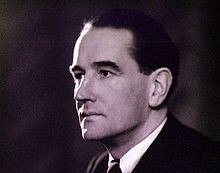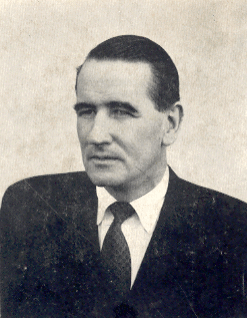James Bond’s old Naval department rises from the ashes
Commander Bond would have approved, Naval Intelligence his old stamping ground, is about to be reborn by the Ministry of Defence.
Scrapped in 1965 when it became part of the Unified Defence Staff, the Naval Intelligence Department will once again sift secrets on naval deployments around the world.
According to insiders the reason for Naval Intelligence’s move back into the shadows has been as a result of a number of embarrassing incidents in the Gulf culminating in the seizure of 15 naval personnel by Iranian Revolutionary Guards in the Shatt A- Arab waterway in March 2007 that first shook the navy and have now stirred them into action.
During the incident a party of sailors and marines searching a suspicious ship were detained by eight Iranian boats. The British party had got back on board their boats when the Iranians approached.
“It’s become pretty clear that some intelligence has to be circulated about conditions on the ground in certain places and that policy has to be looked at again in some areas,” said a Defence source.
“The current orders to deal with an incident like that in 2007 still tell naval personnel to re-embark vulnerable craft like the open topped inflatables used to board that ship. It makes much more sense for them to stay behind the safety of bits of metal and wood,” said the source, adding that it would be the job of Naval Intelligence to also collect information on the likelihood of hostilities and the potential tactics used.
A whiff of old fashioned wit back into the service
A stiffer response that would have gone down well with Commander Bond who not only owes his existence to the time that Bond-creator Ian Fleming spent in “Room 39”, the hush-hush title for the Naval Intelligence Department in the room of the same number in the Admiralty, but also to two characters who worked there.
Fleming admitted that the inspiration for James Bond came from Ralph Izzard and Patrick Dalzel-Job two officers who also worked in NID.

On the eve of war in 1939 Fleming was recruited to work for NID by it’s then director Rear Admiral John Godfrey who appointed Fleming as his assistant with the codename of 17F and co-incidentally with the eventual rank of Commander.
Fleming’s most audacious plan involved crash landing a captured German plane full of British officers dressed as German flying crew in the Channel so they would be rescued by a German patrol boat allowing them to capture the vessel’s Enigma codes.
Though he was not allowed to go through with it he was responsible for the creation of 30 Commando, a commando formation tasked to enter German headquarters units and identify and seize all secret documents and codes.
A spokeswoman from the MoD denied that the re-emergence of Naval Intelligence had been caused by any particular incidents but that it had happened because of an awareness of an increased need.
The spokeswoman confirmed that 30 extra officers would not be joining the Joint Naval HQ Northwood.
“It will be headed by a Captain RN based at the Joint HQ at Northwood, Middlesex, and accountable to C-in-C Fleet through Commander Operations. The name of the Captain is yet to be announced.”


